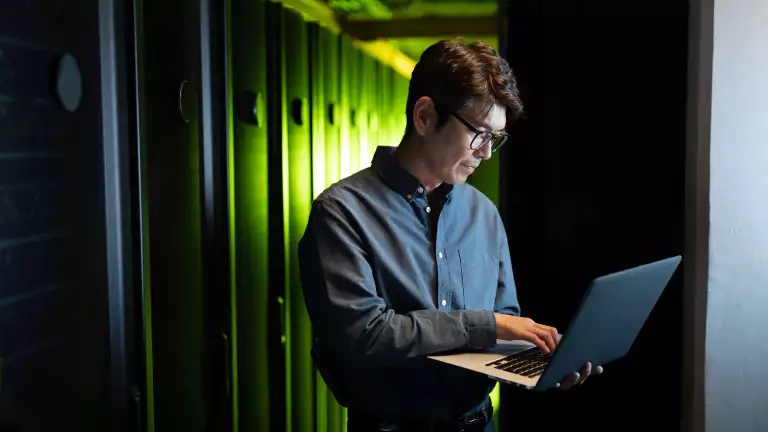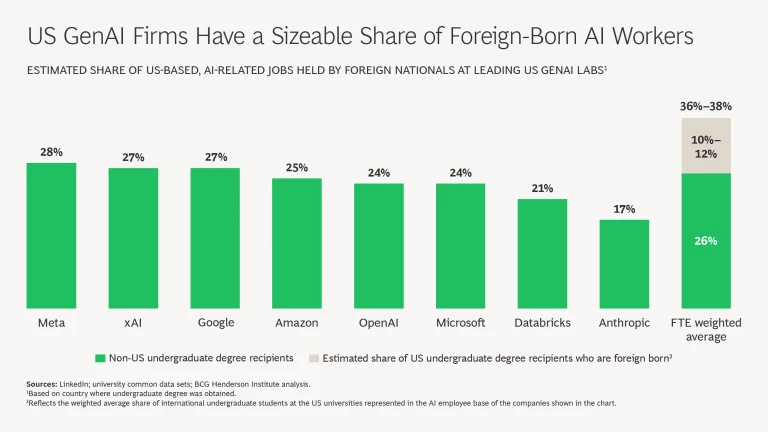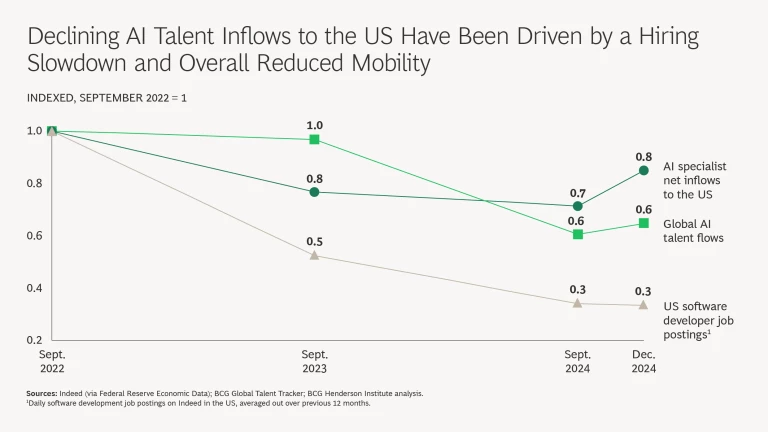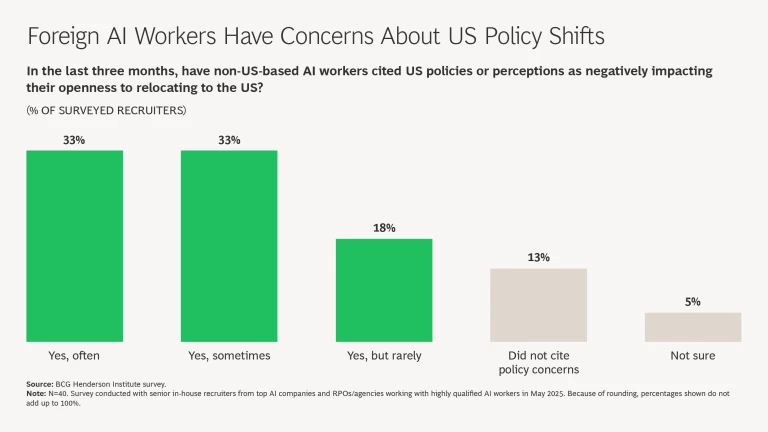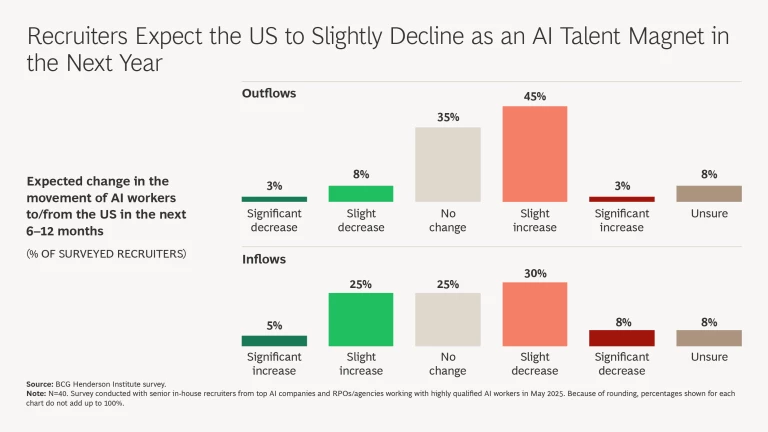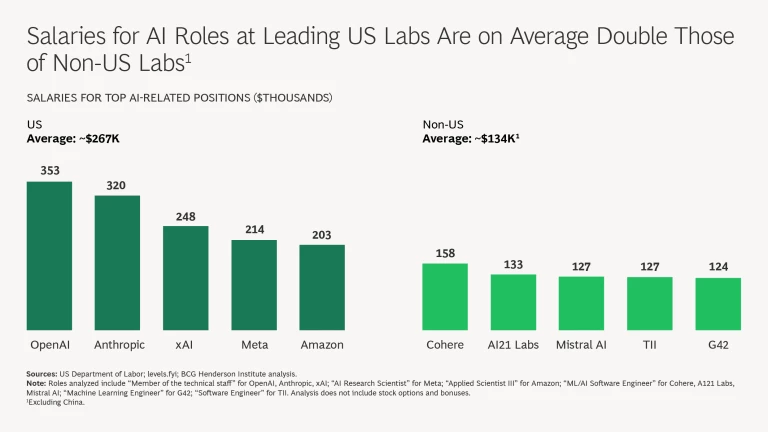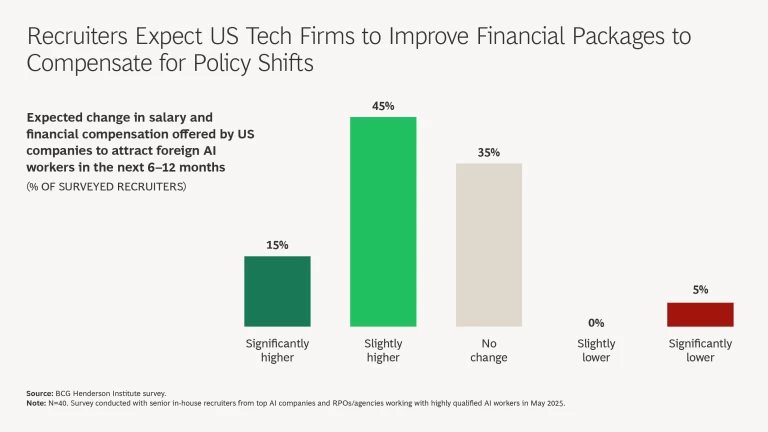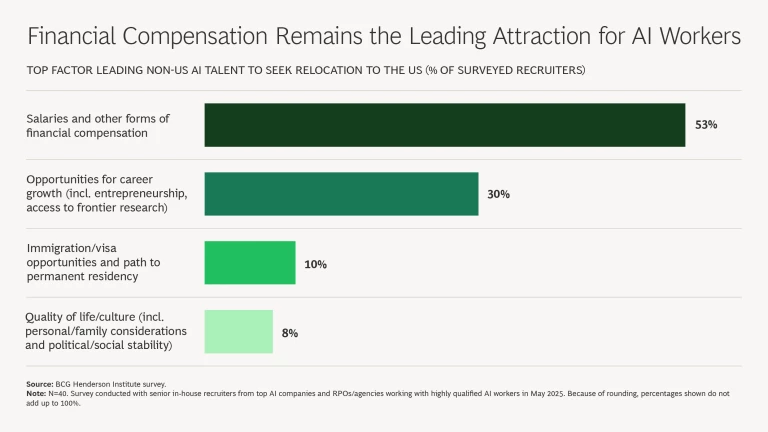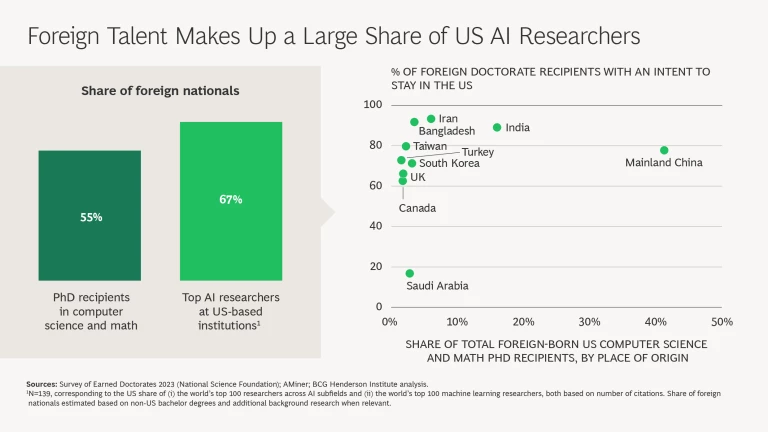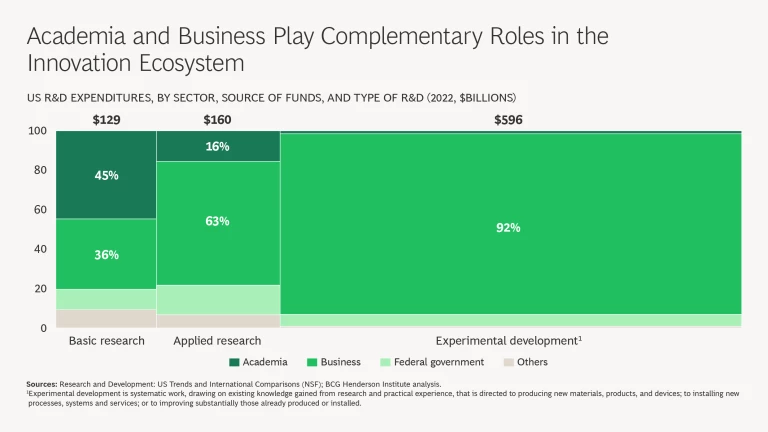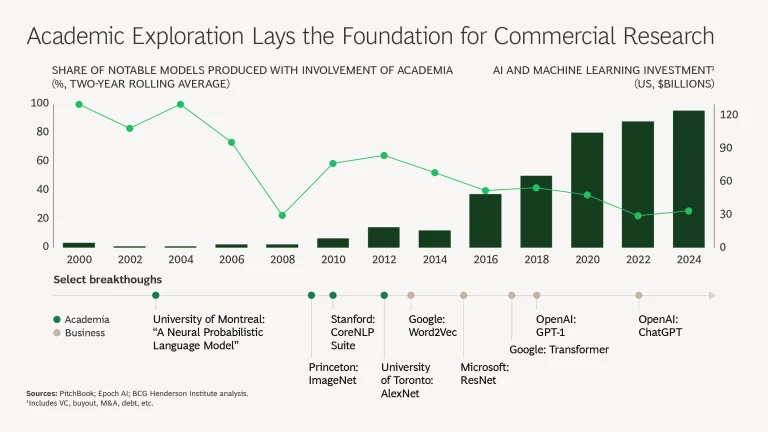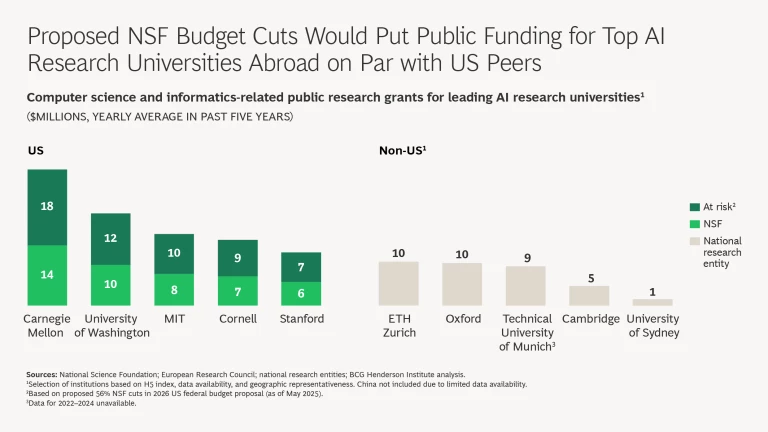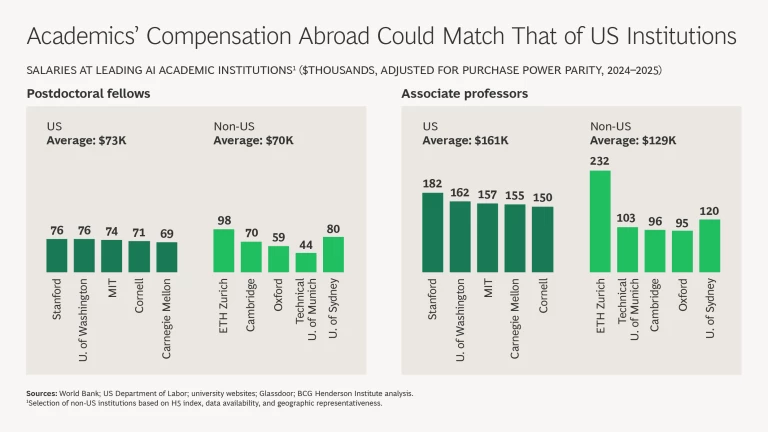For business leaders navigating the geopolitics of AI, the near-term signals are easy to read: infrastructure spending is rising, capital is abundant, and US firms still dominate in AI capacity. But long-term success may hinge on the flow of minds, rather than money.
In a world where AI breakthroughs shape competitive advantage, overlooking potential shifts in the talent pipeline may mean missing the next transformative innovation. Leaders who actively monitor and respond to these global talent shifts, and the innovation hubs that grow around them, will be better positioned to shape, not follow, the future of AI.
The US Remains a Magnet for AI Workers
Over the past three years, the US has welcomed more than 32,000 foreign AI workers. They now account for nearly 40% of AI roles at top tech firms, and they’re well compensated for their contributions. The average salary for these professionals is twice that offered by competitors in countries like Israel, Canada, France, or the UAE—and that’s not including the added draw of bonuses and stock options.
While foreign AI workers express concerns about shifts in US policy, this doesn’t explain the recent decrease in the inflow of AI talent to the US. The trend began before these shifts, driven by a more general slowdown in hiring and an overall reduction in global talent mobility.
And though recruiters expect a slight decline in the US’s ability to attract AI talent in the next year, they believe US tech firms will improve financial packages to help compensate for any policy shifts. But that isn’t the full story.
Breakthroughs Begin in the Research Lab
Public research funding allows academics to probe the frontiers of AI and build on one another’s discoveries. Their work often lays the groundwork for commercially transformative technologies, at which point private investment takes over.
Historically, these researchers have gone to US institutions in large numbers, fueling the country’s position as an AI powerhouse. But that trend is now under pressure following suspensions of F-1 and J-1 visa programs, proposed limitations on postgraduation work visas (OPT), and dramatic cuts to public R&D funding—including a proposed 56% reduction at the National Science Foundation.
Unlike the unmatchable compensation of the US private sector, academic salaries across countries are more balanced. That means a modest policy shift in the US can create a meaningful pull elsewhere.
The Race for AI Research Talent Is On
In response to these shifts, GenAI “middle powers”—nations with strong ambitions to become global suppliers of the technology—are acting decisively:
- The EU has launched a nearly $600 million initiative with long-term “super grants” for researchers.
- France and the UK are rolling out new research mobility schemes.
- Japan, Australia, and the UAE are providing relocation support, funding packages, and institutional incentives.
Global capital flows where talent and ideas take root. In the AI era, the next great leaps won’t necessarily be in the same places as the last ones.
This moment represents both a warning and an opportunity. CEOs and innovation leaders who reassess their global footprint now—aligning R&D investment, talent sourcing, and strategic partnerships with the new geography of AI—will be best positioned to lead. Ignoring the shift could mean depending on yesterday’s centers for tomorrow’s ideas.
